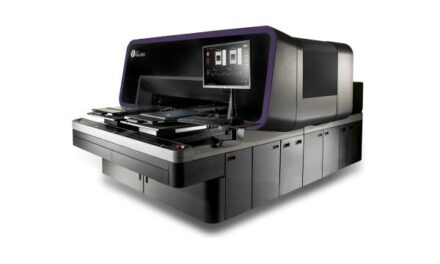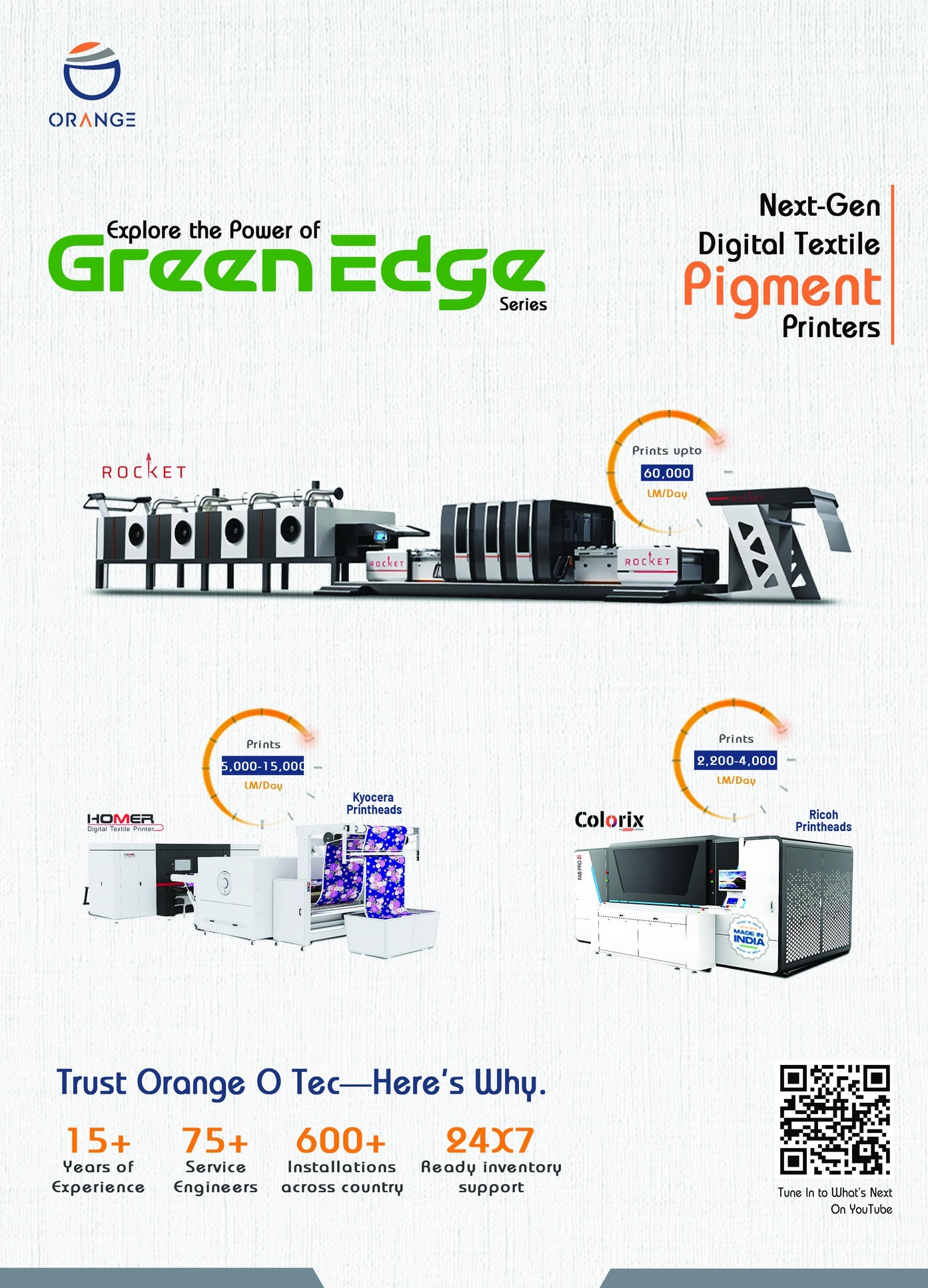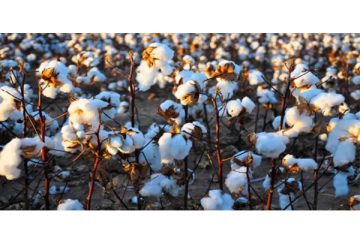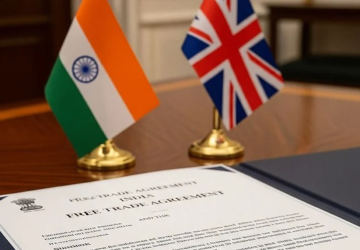 With the help of the H&M Foundation, The Hong Kong Research Institute of Textiles and Apparel (HKRITA) developed ground-breaking technology that uses sound waves to extract microplastics from wastewater. The technology will significantly affect the sustainable footprint of the fashion industry if it is adopted on an industrial basis.
With the help of the H&M Foundation, The Hong Kong Research Institute of Textiles and Apparel (HKRITA) developed ground-breaking technology that uses sound waves to extract microplastics from wastewater. The technology will significantly affect the sustainable footprint of the fashion industry if it is adopted on an industrial basis.
Microbeads found in exfoliating health and beauty products as well as toothpaste are other sources of microplastics. Larger plastic waste that breaks down into smaller and smaller fragments is another source. However, it is estimated that the production, use, and washing of synthetic fabrics account for 16 percent to 35 percent of all microplastics emitted annually globally.
Acousweep effectively traps and separates microplastic fibres from wastewater by using sweeping acoustic waves in a specifically constructed chamber. The upgraded version will be able to treat 5–10 tonnes of water per hour, compared to the current lab scale treatment system’s 20 litres per hour capacity. The plug-and-play application Acousweep is. Any wastewater plant can use the technology and connect to it with ease.
Water flows through the acoustic chamber on its way to an output, where it is physically separated and collected as part of the microplastic extraction process. There is no need for any chemical, solvent, or biological additions. The microplastics that have been separated drip into a collection tank for future processing, such as recycling.
The H&M Foundation is funding about 30 ongoing HKRITA research initiatives, including Acousweep. For the textile and fashion sector to use as it transitions from being a part of the problem to a part of the solution, the projects make up an operational toolbox.
















